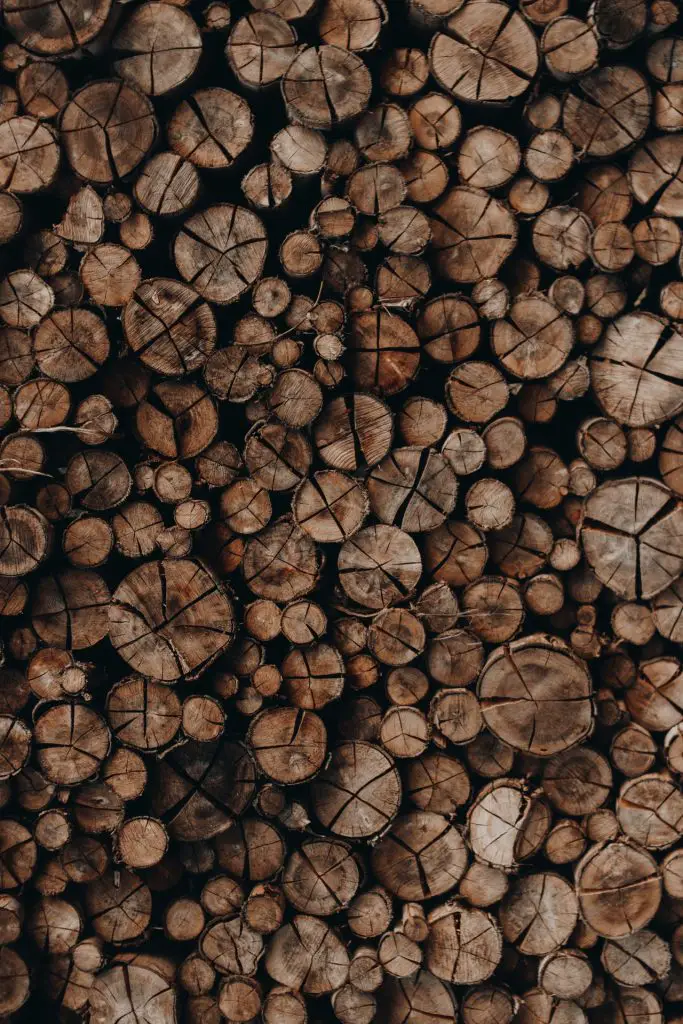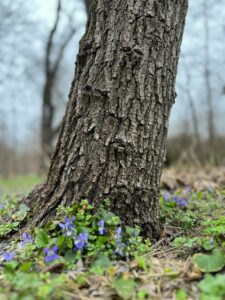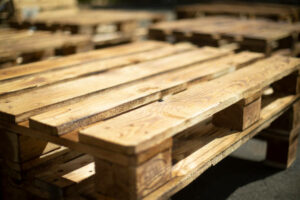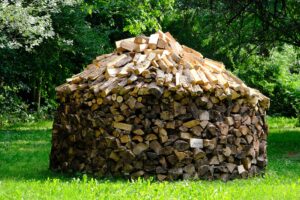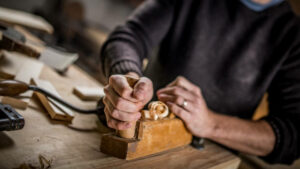When you are working with wood, seasoning wood is important to achieve maximum strength and durability. If the wood is not seasoned properly, it can warp, crack, or even rot. In this article, we will discuss the best ways to season your wood so that you can get the most out of it.
What is Wood Seasoning?
Wood seasoning is the process of drying wood to reduce its moisture content and prepare it for use in construction. Seasoning wood reduces the amount of water that can be absorbed by the wood, which helps prevent decay and insect infestations. Seasoned lumber will also shrink less than unseasoned lumber when exposed to heat or cold temperatures. This is especially important if the wood is being used in an outdoor structure.
How to Season Wood
There are several different ways to season your wood, but they all have one thing in common: they need time. The best way to season your wood depends on how much you want it dried out and what kind of project you’re working on.
Air drying
Air drying is the most common method of seasoning wood, but it can take a long time. The amount of time needed to season your wood by air drying depends on a few factors, including the type of wood you’re using and how much moisture is already in it. This method works best for softwoods like pine or fir trees because they are less dense than hardwoods such as oak or maple trees.
Kiln Drying
Kiln drying is a faster option, but it can be expensive. Kiln drying can reduce the moisture content of wood by up to 50%, which makes it a good option for hardwoods that are going to be used in outdoor projects.
Dehumidifiers
If you’re only seasoning a small amount of wood, you can use a dehumidifier to remove the moisture from the air. This is a good option if you need to season your wood quickly and don’t have time for air drying or kiln drying. It’s also an inexpensive method that doesn’t require any special equipment like a dehumidifier or kiln.
Tips for Seasoning Wood
Here are some tips for seasoning wood:
- If you are air-drying your lumber, make sure to stack it in a dry place with good airflow. Make sure the lumber is not stacked too tightly, which can prevent air from moving between the boards and slow down the drying process.
- If you are kiln-drying your lumber, make sure to keep an eye on it and check for any signs of moisture or mold growth during storage. This will help ensure that your wood does not become damaged by water before you use it.
- If you are using a dehumidifier to season your wood, make sure the area is well-ventilated so that moisture can escape easily from the air around your woodpiles and not build up inside them over time. This will prevent mold growth or other issues caused by excessive humidity levels in an enclosed space with no airflow like those seen when drying wood indoors without ventilation.
Methods of Seasoning Wood:
Step One:
The first step in seasoning wood is to ensure that it has been properly dried. This can be done by leaving the logs outside for several weeks or months. Seasoning should begin as soon as possible after cutting down the tree because this will prevent cracking and splitting from happening too soon before use. If you want your wood to last longer, then it’s best not to use any kind of seasoning at all.
Step Two:
The next step is to store the seasoned logs in a dry place until they are ready for use. Lumber yards typically sell pre-seasoned lumber, but if you want more control over how well your logs age then you can season them yourself. Make sure the area is well-ventilated and has good airflow to help remove any moisture that may build up over time.
Step Three:
The last step is to use wood in your project. If you are using it for an outdoor project, then make sure to seal it with a protective coating like paint or sealant so that it doesn’t get damaged by water. If the wood needs some kind of seasoning, then you can use any method mentioned above except air drying because this will cause cracking and splintering which are not desirable qualities in most lumber projects.
Signs Your Wood Is Well-Seasoned
There are a few signs that your wood is well-seasoned and ready for use:
- The wood has a smooth, even finish with no cracks or splits.
- The ends of the boards are dry and do not show any signs of moisture.
- The wood is lightweight and easy to move around.
If you’re unsure whether your wood is ready for use, then you can always check the moisture content. You can do this by using a moisture meter or by cutting a small piece of wood from the end of the board and checking it for any signs of moisture or mold growth.
Seasoned Firewood
Firewood is a type of wood that has been dried and seasoned for use in a fireplace or wood stove. It’s important to season firewood properly because it will help ensure that the wood burns evenly and produces less smoke. Firewood can be dried and seasoned in several different ways, but the most common methods are air drying and kiln drying.
Air drying takes longer than kiln drying but results in better quality wood because it’s exposed to natural elements such as wind, sun, and rain. Kiln-dried firewood can be used immediately after purchase since there is no need for further seasoning before use.
You’ll know if your firewood has been seasoned properly by its color: the lighter the color, the drier the wood. The ends of the boards should also be dry and free from any signs of moisture or mold growth.
Seasoning Timber
A timber is a type of wood that has been dried and seasoned for use in construction projects or as building materials. It’s important to season timber properly because this will prevent cracking, splitting, and other issues caused by excess moisture content during storage which can lead to structural failure over time.
